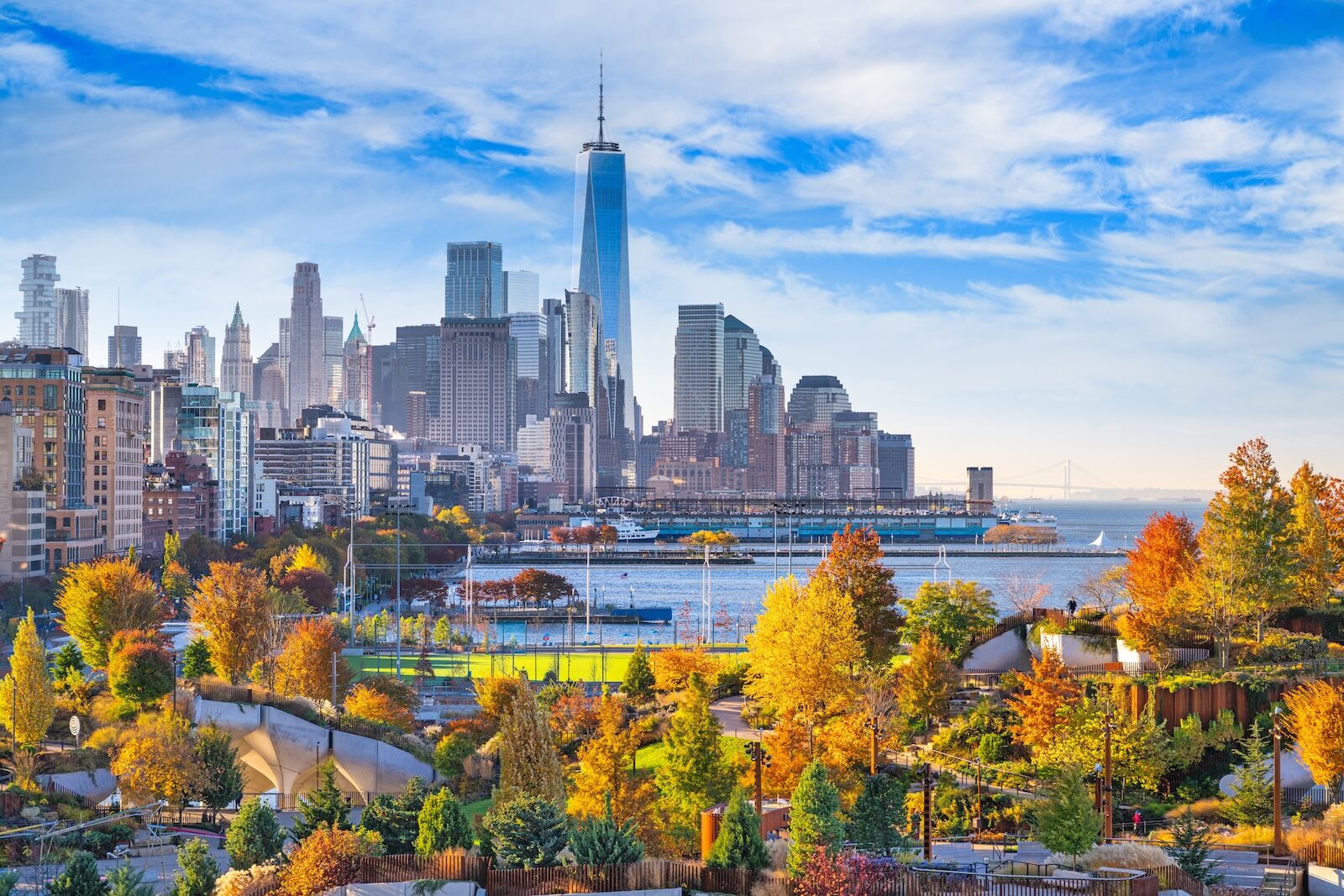Walking and biking around lower Manhattan is about to get much safer and more enjoyable. The New York Metropolitan Transportation Authority (MTA) has officially greenlit its revised congestion pricing plan for Manhattan, effective January 5, 2025. The plan involves a phased-in approach to toll increases, with rates starting at $9 for the first three years, then rising to $12 for the following three years, and finally reaching $15 in 2031. These tolls will apply to most passenger vehicles entering Manhattan below 60th Street during peak hours. Governor Kathy Hochul signed the bill into law this week.


Sightseeing in New York Is Set to Get Much Easier (and Safer) in 2025
The effects of this decision will ripple across the city and even across state lines for commuters coming from New Jersey and elsewhere. While it’s viewed by some as negative since it’s a drag for drivers, it will make sightseeing around New York much more pleasant. New York’s transit authority, the Metropolitan Transit Authority, will receive a significant portion of the revenue generated by the tolls (the exact amount is not yet disclosed), and the money will go to address longstanding issues with the city’s subway system. Other revenue will be spent to improve pedestrian infrastructure throughout the city, and towards repair and maintenance projects that cover the broad spectrum of transportation in New York.
How will New York’s congestion pricing plan make the city a better place to visit?

Photo: Sean Pavone/Shutterstock
Here’s how it stands to benefit your next sightseeing excursion:
- More pedestrian-friendly streets: With fewer cars on the road, streets will be more pedestrian-friendly, making it easier for tourists to explore the city on foot and enjoy its sights and sounds.
- Improved subway access to locations throughout the entire city: The revenue generated from the tolls will be used to fund critical capital improvements to the MTA’s infrastructure, such as upgrading subway stations, repairing tracks, and purchasing new trains and buses. This will make getting around the city on the subway more enjoyable.
- Reduced congestion in Lower Manhattan: By charging a fee for driving into Manhattan during peak hours, the plan aims to reduce traffic congestion. This will lead to faster and more reliable commutes for public transit riders, and will also mean fewer accidents between cars and pedestrians or cyclists.
- Improved air quality: Fewer cars on the road will lead to reduced air pollution and improved air quality in the city. That means those iconic skyline views will come into better focus on clear days, and your photos will be crisper as a result
- Safer public transit: The plan may encourage more people to choose public transportation over driving, which could lead to increased ridership for the MTA. This should improve safety on the subways and buses, as studies have shown that more riders equals increased safety for those riders.
Many indirect benefits could also be realized. Parking could become less of an issue for those that do drive into Lower Manhattan. Eventually, this could lead to a reduced need for parking, allowing that space to be repurposed for things like retail, dining, entertainment, or housing.
“This critical policy should become the national example for how cities can simultaneously fund critical investments in mass transit, reduce vehicle emissions, and deliver congestion relief for residents and businesses,” Kate Slevin, executive vice president of the Regional Plan Association, told Smart Cities Dive.
Will taxi and Uber riders have to pay New York City’s congestion pricing toll?

Photo: EQRoy/Shutterstock
It’s important to note for travelers and residents that riders in taxis, Ubers, and other rideshare services will be subject to the toll, with the cost passed onto the commuter through a simple fare addition.
Those with physical disabilities and certain conditions can be exempt from the congestion pricing. The MTA offers two main exemption plans for people with disabilities. The Individual Disability Exemption Plan (IDEP) is for individuals with disabilities that prevent them from using public transportation, which in some cases can include impairments that prevent them from walking longer distances or standing for extended periods of time. Second, the Organizational Disability Exemption Plan (ODEP) is for organizations that transport people with disabilities, giving them the ability to drive throughout the area affected by congestion pricing without paying the fee. To qualify for either exemption, individuals or organizations must meet specific criteria and register with the MTA.
Anyone not traveling in a motor vehicle is exempt – pedestrians, cyclists, and public transit users can keep their wallet in their pocket, saving not only the toll money but also benefitting from it as a result.